|
Summary: |
|
| The perception of motion-in-depth, i.e. the capability of discriminating between forward and backward movements of objects from an observer, has important implications for autonomous robot navigation and surveillance in a dynamic environments. There are at least two binocular cues that can be used to determine the motion of an object toward or away from an observer (Harris and Watamaniuk 1995). First, the visual system might use binocular combination of monocular velocity signals. Second, the motion-in-depth signal could arise by the rate of change of retinal disparity. We suggest that at architectural level, both cues rely upon the same monocular measures, if a phase-based disparity encoding scheme is assumed (Fleet et al. 1996). The approach is particularly suitable to an ``economic'' hardware implementation, exploiting the outputs of the nodes of recurrent VLSI lattice networks, that we proposed recently as efficient computational structures for embedded analog filtering operations in smart vision sensors. |

|
|
Results: From a computational point of view, by exploiting the chain rule in the evaluation of the temporal derivative of phases, one can obtain information about motion-in-depth directly from the convolutions of the two stereo images with complex spatiotemporal bandpass filters. This formulation eliminates the need for an explicit trigonometric function to compute the phase signal, thus avoiding also problems arising from phase unwrapping and discontinuities. Moreover, the approximation of temporal derivatives by temporal filtering operations yields to regularized solutions in which noise sensitivity is reduced. From a modeling point of view, we demonstrate analytically that information hold in the interocular velocity difference is the same of that derived by the evaluation of the total derivative of the binocular disparity, if a phase-based disparity encoding scheme is assumed. |
|
| Examples of motion-in-depth detection (motion maps) on both synthetic and natural motion sequences obtained by our algorithm can be seen here. | |